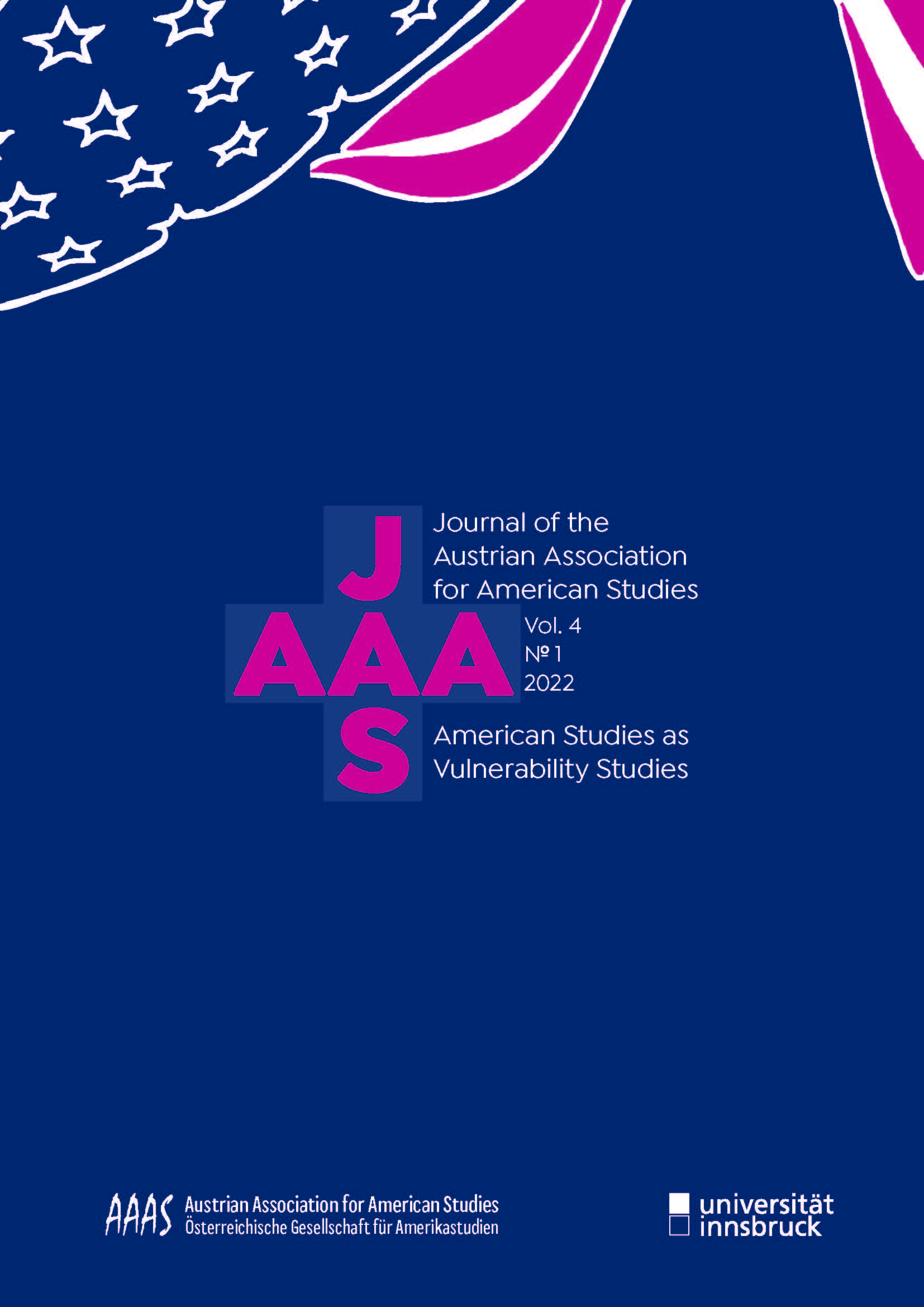American Studies as Vulnerability Studies: Introduction
This special issue explores the ambivalent nature of vulnerability as a "politically produced" condition of suffering which contains the potential for resistance and consequential social change for minoritized individuals and communities. Judith Butler's now-classic rendering of vulnerability as "unequally distributed through and by a differential operation of power" helps us better grasp interrelated forms of oppression, yet we argue that narratives of vulnerability also foreground the relational and interconnected conditions of vulnerable lives, while at the same time engendering worldmaking projects centered around agency and resistance.

